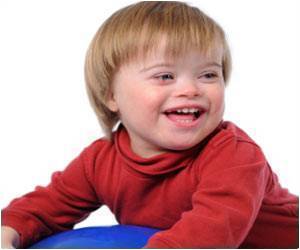Athletes’ maturity, growth and performance should be given priority than their age, to participate in athlete development systems.

‘Delayed talent identification, athlete selection and specialization can identify the promising athletes irrespective of their age related physical differences.’





It found those born earlier in the age category cut-offs were much more likely to be involved at 12-14 years, however by 17-18 years this had completely reversed with an over-representation of relatively younger swimmers. Lead author and sports and exercise psychologist Dr Stephen Cobley said sports scientists have long been interested in the 'relative age effect', whereby older athletes within a sports age grouping typically have selection advantages, and greater access to development programs likely due to early growth and maturity.
"However our research shows there are a lot more relatively younger athletes making the qualification times and competing at national level swimming at the time of transition to adult competition, so if you just wait the influence of early physical differences will slowly disappear," said Dr Stephen Cobley from the Faculty of Health Sciences at the University of Sydney.
Interestingly, in female participants the relative age effect dropped off earlier than male participants further supporting the link between relative age and maturation.
"We also found athletes who started competing in the earlier years tended to drop off and not return annually, compared to those who didn't compete until the older age brackets. This could be due to several things, including intensive training loads, burn out and loss of interest related to earlier specialization," said Dr Cobley.
Advertisement
"From a sports development perspective our research suggests you are more likely to pick the genuinely promising athletes if you delay talent identification, athlete selection and specialization until 15, 16 or even later to account for the later development trajectories of some athletes."
Advertisement
"We've been aware of relative age effects in swimming for a number of years and in 2013 Swimming Australia brought in a relative age effect criterion to our talent identification."
"The new criterion focused on swimmers aged 15 years and above as the evidence shows we can be even more deliberate and precise with our pathway programs once relative age effects are known."
Mr Salter said based on the research Swimming Australia has also reviewed and changed competition structures, with the aim of improving the pathway from entry, into national level competition, up to the elite stage.
"For many young swimmers, their age and the difference in physical size and strength can have a big impact on swimming times which often results in some swimmers gaining an advantage and at the same time, discouraging others, purely based on the month of the year that they were born," said Mr Salter.
"As such we have changed the minimum age for swimmers to compete, and this will be different for boys and girls due to girls maturing earlier. We are also implementing events and strategies to help maintain involvement in later post-maturation years."
Source-Eurekalert












